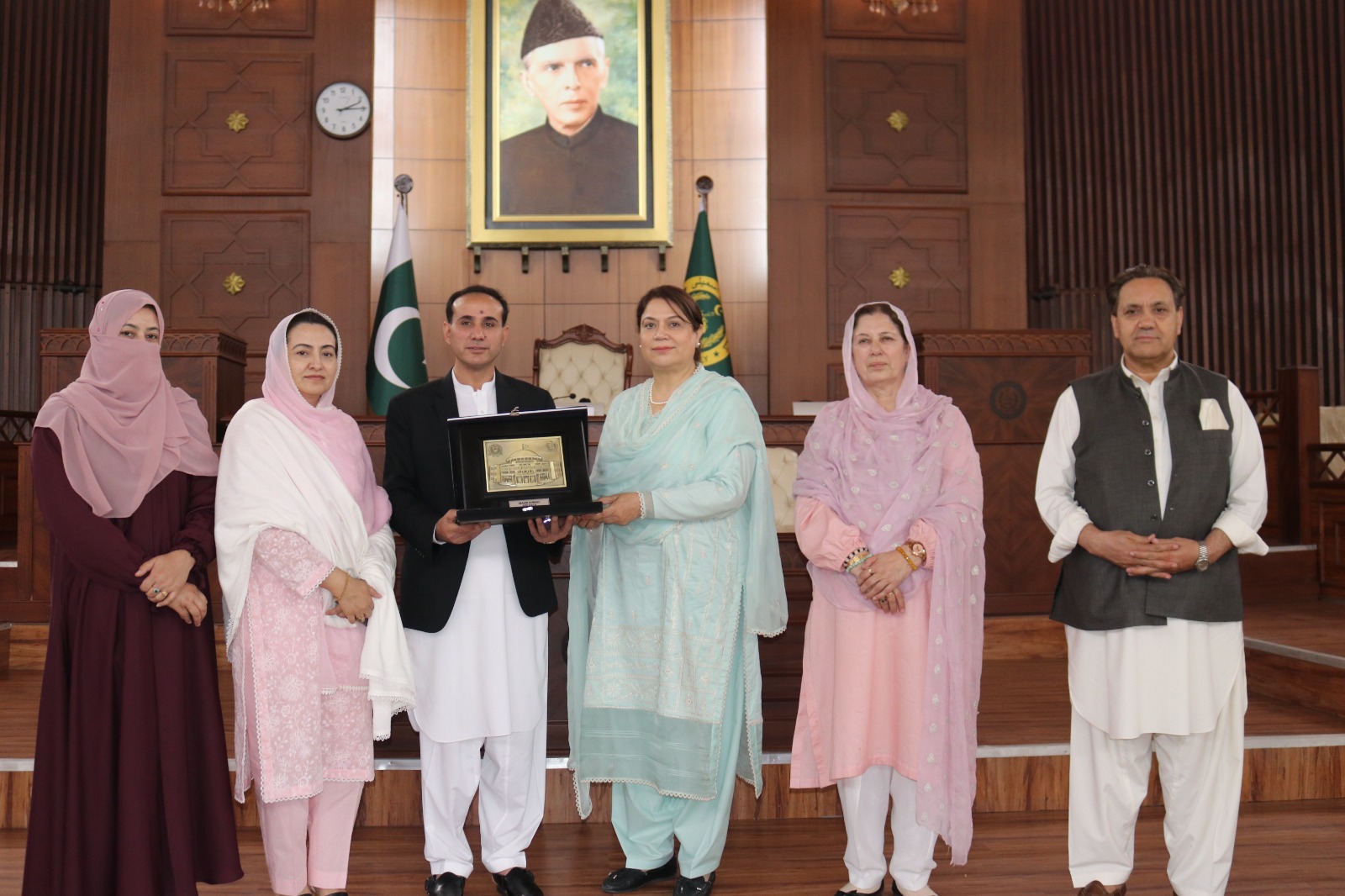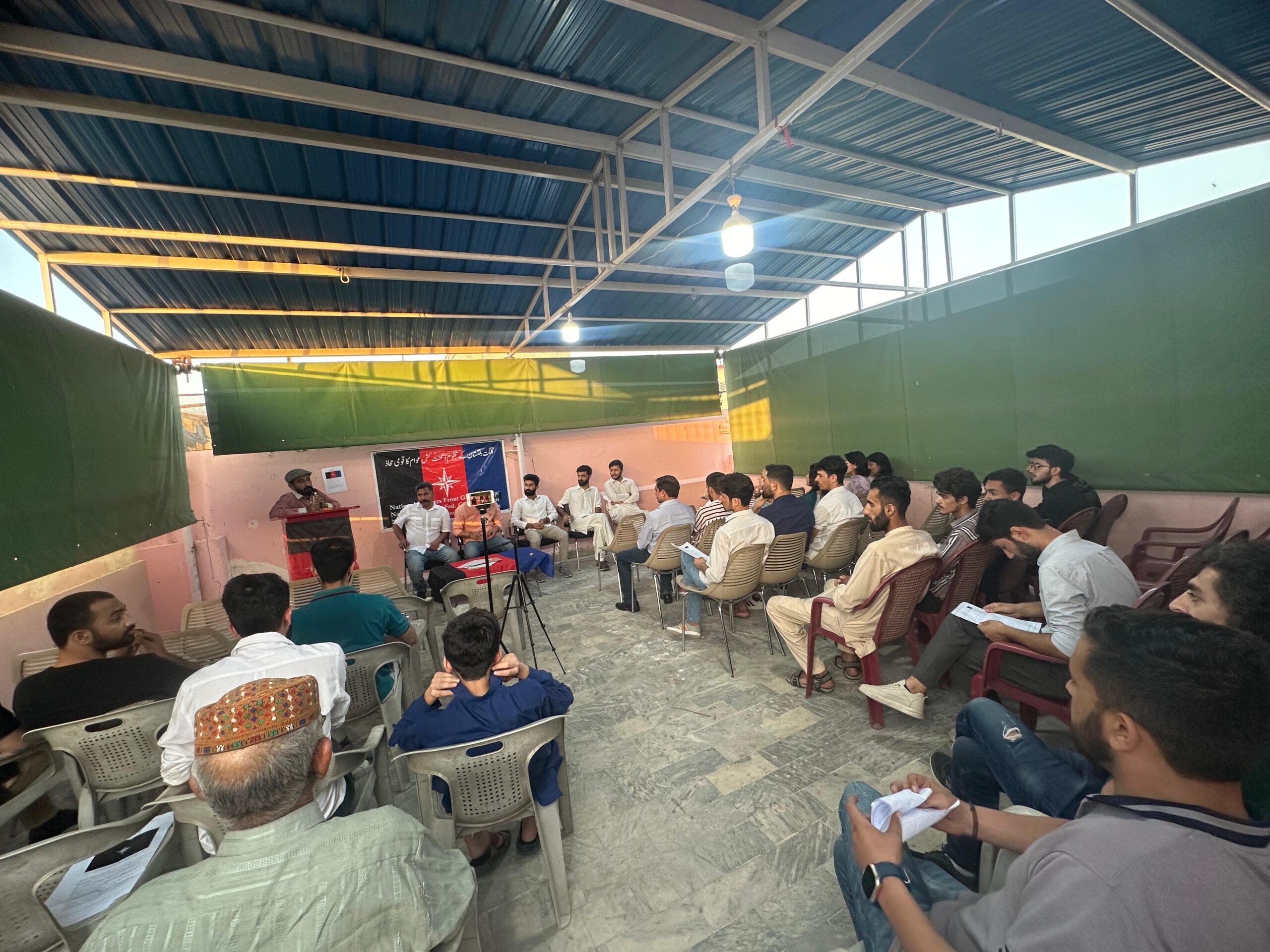This post discusses the following three important questions about Aligarh Movement:
1. What was Aligarh Movement?
2. What were the reasons for the start of the Aligarh Movement
3. What were the aims and objectives of the Khilafat Movement?
What was Aligarh Movement?
Aligarh Movement refers to the educational efforts made by Sir Syed Ahmad Khan, the great Muslim scholar, writer, and leader, to improve and enhance the social, economic, and political conditions of Muslims of the Indian subcontinent.
The movement started with the establishment of Muhammadan Anglo-Oriental School in 1875 at Aligarh in Uttar Pradesh, India. After two years, the government upgraded the school to college in 1877. Having achieved this milestone, Sir Syed introduced both English and Eastern education in the college.
Muhammadan Anglo-Oriental College became the center for learning and scholarship for Muslims. Muslim students from all over India came here to get both science and Islamic education.
Aims and objectives of Aligarh Movement
Following were the aims and objectives of the Aligarh Movement:
1. To promote modern education among Muslims and help them get rid of superstitions attached to it.
2. To create an atmosphere of goodwill and cooperation between British and Muslims.
3. To keep Muslims away from politics of agitation and confrontation against the British.
4. To improve the social, economic, and political status of Muslims of India.
Reasons responsible for Aligarh Movement
Muslims of India lagged behind in different fields of life, both because of their own attitude and anti-Muslim British policies. The following is an elaboration of reasons for this backwardness of the Muslims which also acted as the reasons for the start of the Aligarh Movement.
1. Post-1857 Anti-Muslim British Approach
Although, both Muslims and Hindus has participated in the 1857 war of independence, the British held only Muslims responsible for the revolt. As part of their anti-Muslim policy, the British subjected Muslims to socio-economic and political victimization.
According to different accounts, people of other communities supported the British in their anti-Muslim policy in a bid to please the English. Others argue the British supported one community and crush the other as part of its divide and rule policy to prolong its colonial rule in India.
2. Educational backwardness
British stopped funding to Muslim schools resulting in the closure of these schools. Muslims considered English schools and modern education a conspiracy to divert the attention of Muslim children away from Islam.
Caught in this conspiracy theory, they stopped sending their children to schools. Consequently, a whole generation of Muslims grew illiterate and uneducated. Unlike Muslims, Hindus sent their children to English schools who got modern education and played their role in almost all departments of life.
3. Political deprivation
British sidelined Muslims in politics who believed to have ruled India for centuries. The political measures that the government took did not represent Muslim views and aspirations. To put it in other words, the government denied representation for Muslims in the in councils and different levels of government.
Being marginalized politically, the Muslims started to hate the British and considered them their enemy. They were not ready to cooperate with them in their rule in India. This infuriated the British and reinforced their thinking that Muslims did not accept the British and were a threat to their rule in India. Consequently, Muslims were kept away from any political involvement in the Indian subcontinent.
4. Economic Backwardness
In India, the communities other than Muslims supported the British and cooperated in every way to win the trust and support of the British. In reciprocity, the British encouraged and opened doors to do trade and commerce activities. Moreover, people of other communities had become economically sound and comparatively lived an enhanced quality and standard of life.
On the other hand, Muslims lagged behind commerce and trade activities. As a result, their economic conditions of Muslims became miserable. They hindrances while applying for jobs in government and civil service. Furthermore, the British government confiscated their lands and gave them to non-Muslims to economically suppress Muslims.
5. Social status and mistreatment
Hindus and British increasingly started to consider Muslims inferior beings. Similarly, they dealt with the Muslims with disdain and hatred. People belonging to other communities enjoyed good positions in the government. They acted as if they were slaves of not only of British but also of Hindus.
6. Threatened Identity of Muslims
Muslims felt that their cultural and religious identity was put in danger. For example, the Hindi-Urdu controversy of 1867 in which Hindus demanded the replacement of Urdu by Hindi. When this Hindi-Urdu controversy emerged, Sir Syed felt it for the first time that the exploitation of communal sentiments would make Hindu-Muslim co-existence very difficult.
Conclusion
Thus the post-1857 socio-economic and political backwardness of Muslims was the prime reason behind the start of the Aligarh Movement. Sir Syed felt that no one from outside could change the fate of Muslims, they themselves had to change their fate by receiving modern education. For him, modern education was the key to raise the social-political, economic status of Muslims of the Indian subcontinent.












Won’t stop visiting. Best content:)